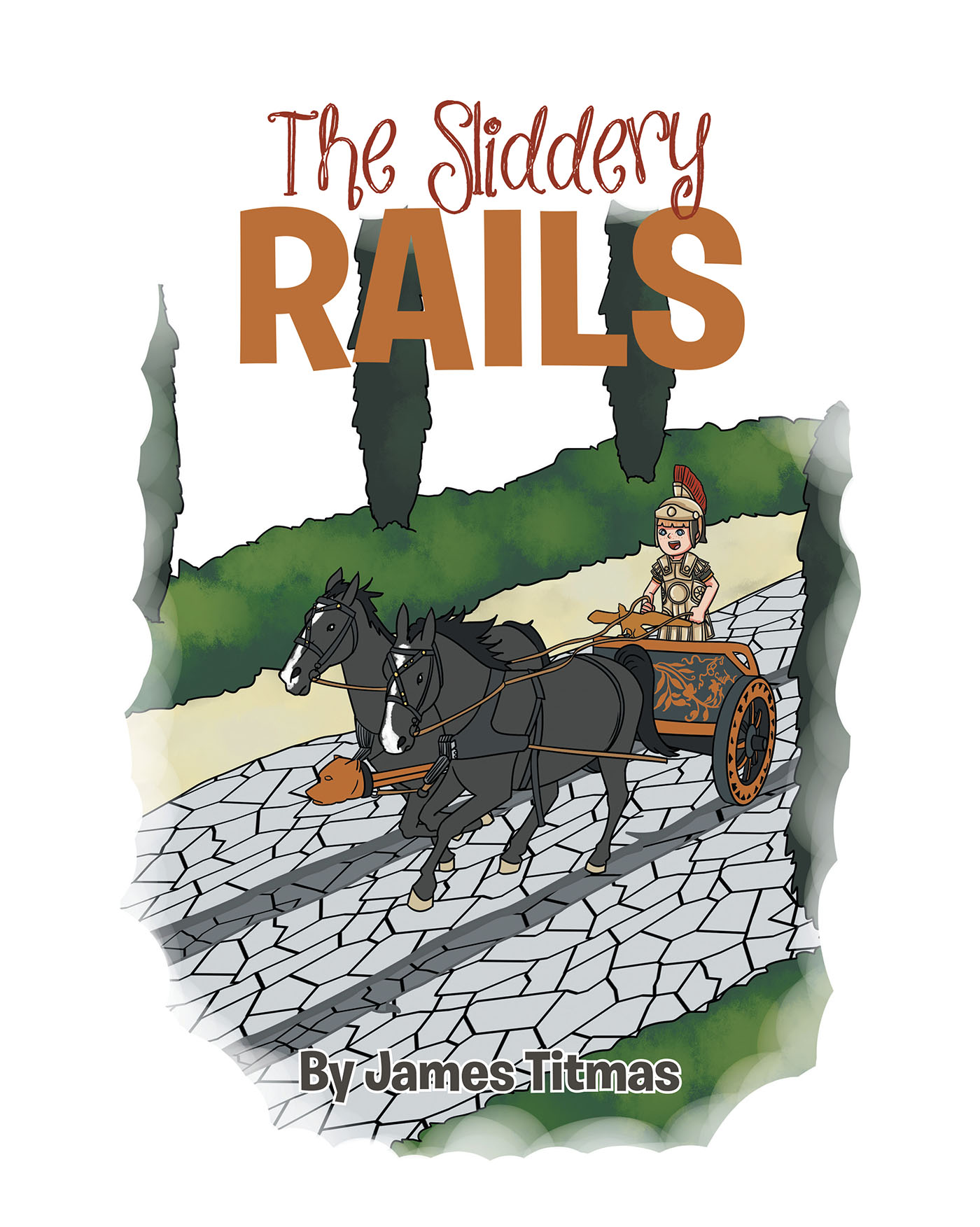James Titmas’s New Book "The Sliddery Rails" is a Fun, Yet Informative, Children’s Tale About the History of Railroads and the Engineering Required to Make Them Work
Recent release “The Sliddery Rails,” from Page Publishing author James Titmas, is the story of three precocious grandchildren on a hike with their Opa as they learn about the history of the railroad. Curious as to how trains work, the children come up with an experiment to test traction and friction.

Stow, OH, May 24, 2023 --(PR.com)-- James Titmas, a gifted author and engineer who holds a BCSE degree from the University of Akron in Ohio as well as a coveted Distinguished Alumni Award, has completed his new book “The Sliddery Rails”: a charming and educational story about how transportation has evolved.
“The children learn about the history of roads and railroads,” says Titmas. “They learn about engines and traction. They learn about moving people and things around with less work and cost. They run tests of their own to see how traction and friction work. They learn about improvising and going with what they have.”
Published by Page Publishing, James Titmas’s adjective tale follows Bess, Jimmy, and Jamie as they go on a hike with their Opa. They walk along an old railroad track and stop to take a rest. As they stare at the tracks, the children become curious as to why and how railroads came to be. Opa explains that originally, loads of goods and people were pulled by horses, but the horses got tired and needed breaks. With the invention of the railroad, transportation was expedited because trains do not get tired like horses.
The kids are still puzzled as to why a train does not slide over the steel railroad tracks. Opa explains that it's a combination of traction and friction: traction is getting going and friction is stopping. It begins to rain, and Opa proposes that they all go back and do some tests in the workshop. Bess, Jimmy, and Jamie excitedly gather household objects to try to simulate how steel can stick to steel. Will they be able to grasp these big concepts using items found at their home?
Readers who wish to experience this delightful work can purchase “The Sliddery Rails” at bookstores everywhere, or online at the Apple iTunes Store, Amazon, Google Play, or Barnes and Noble. The website for the books in this series is www.JBJBooks.com.
For additional information or media inquiries, contact Page Publishing at 866-315-2708.
About Page Publishing:
Page Publishing is a traditional, full-service publishing house that handles all the intricacies involved in publishing its authors’ books, including distribution in the world’s largest retail outlets and royalty generation. Page Publishing knows that authors need to be free to create, not mired in logistics like eBook conversion, establishing wholesale accounts, insurance, shipping, taxes, and so on. Page’s accomplished writers and publishing professionals allow authors to leave behind these complex and time-consuming issues and focus on their passion: writing and creating. Learn more at www.pagepublishing.com.
“The children learn about the history of roads and railroads,” says Titmas. “They learn about engines and traction. They learn about moving people and things around with less work and cost. They run tests of their own to see how traction and friction work. They learn about improvising and going with what they have.”
Published by Page Publishing, James Titmas’s adjective tale follows Bess, Jimmy, and Jamie as they go on a hike with their Opa. They walk along an old railroad track and stop to take a rest. As they stare at the tracks, the children become curious as to why and how railroads came to be. Opa explains that originally, loads of goods and people were pulled by horses, but the horses got tired and needed breaks. With the invention of the railroad, transportation was expedited because trains do not get tired like horses.
The kids are still puzzled as to why a train does not slide over the steel railroad tracks. Opa explains that it's a combination of traction and friction: traction is getting going and friction is stopping. It begins to rain, and Opa proposes that they all go back and do some tests in the workshop. Bess, Jimmy, and Jamie excitedly gather household objects to try to simulate how steel can stick to steel. Will they be able to grasp these big concepts using items found at their home?
Readers who wish to experience this delightful work can purchase “The Sliddery Rails” at bookstores everywhere, or online at the Apple iTunes Store, Amazon, Google Play, or Barnes and Noble. The website for the books in this series is www.JBJBooks.com.
For additional information or media inquiries, contact Page Publishing at 866-315-2708.
About Page Publishing:
Page Publishing is a traditional, full-service publishing house that handles all the intricacies involved in publishing its authors’ books, including distribution in the world’s largest retail outlets and royalty generation. Page Publishing knows that authors need to be free to create, not mired in logistics like eBook conversion, establishing wholesale accounts, insurance, shipping, taxes, and so on. Page’s accomplished writers and publishing professionals allow authors to leave behind these complex and time-consuming issues and focus on their passion: writing and creating. Learn more at www.pagepublishing.com.
Contact
Page Publishing Media Department
1-866-315-2708
www.pagepublishing.com
1-866-315-2708
www.pagepublishing.com
Categories
